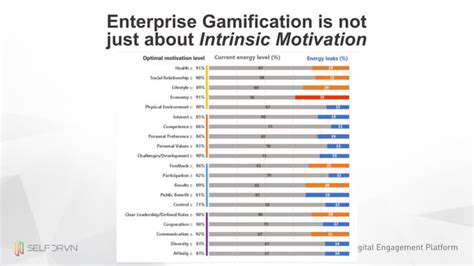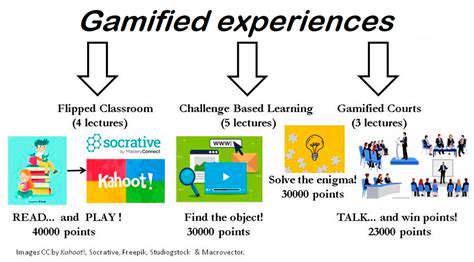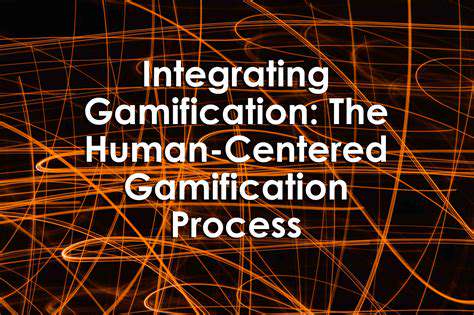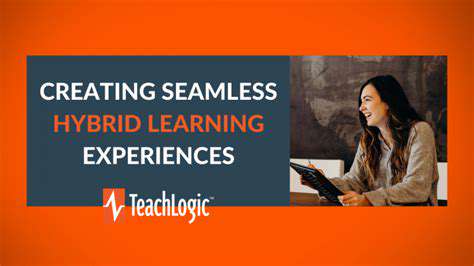The Evolution of Learning Spaces: From Classrooms to Collaborative Hubs
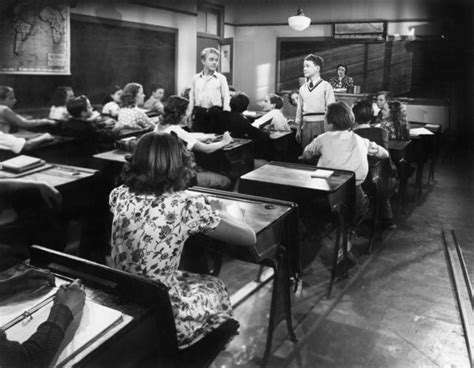
The Historical Significance of the Traditional Classroom
For centuries, the traditional classroom has stood as a pillar of education, its rows of desks facing a single instructor forming the backbone of formal learning. This enduring model has shaped academic journeys across generations, leaving an indelible mark on how knowledge is shared and absorbed. Its longevity alone speaks to the perceived value of structured, teacher-led environments in fostering academic growth. The direct instruction approach allows educators to present material in a logical sequence, creating focused learning opportunities within a controlled space.
The Structure and Organization of the Traditional Classroom
Characterized by its orderly arrangement, the traditional classroom typically positions students to face a central teaching area. This intentional design supports teacher-centered instruction while promoting an atmosphere of discipline and concentration. The physical space itself becomes a tool for learning, with its layout reinforcing the educational process through visual cues and spatial relationships.
Challenges in Adapting to Modern Learning Needs
Contemporary education presents new challenges for this established model, particularly regarding diverse learning preferences. Students today often seek more personalized approaches and interactive experiences that the traditional format may struggle to provide. The integration of technology and collaborative learning methods requires thoughtful reimagining of classroom spaces and teaching methodologies. These adaptations demand both creative solutions and substantial resource allocation.
The Role of the Teacher in the Traditional Classroom
In this setting, educators serve as the primary knowledge conduits, responsible for delivering content, facilitating discussions, and evaluating comprehension. Successful teachers in this model combine subject matter expertise with strong communication skills and the ability to connect with students personally. The effectiveness of this approach hinges on the educator's capacity to maintain structure while adapting to individual student needs.
Student Engagement and Interaction in a Traditional Setting
Engagement levels vary significantly among students in traditional classrooms. While some thrive under clear expectations and direct instruction, others may find the format restrictive. Creating meaningful interaction opportunities within this framework requires intentional design of activities and careful consideration of different learning preferences.
The Impact of Technology on the Traditional Classroom
Digital tools have transformed educational possibilities, offering interactive learning experiences and unprecedented access to information. However, technology integration presents dual challenges: ensuring equitable access while minimizing potential distractions. When thoughtfully implemented, technology can enhance rather than replace traditional methods, creating blended learning environments that leverage the strengths of both approaches.
The Future of the Traditional Classroom
Rather than disappearing, the traditional classroom will likely evolve to meet contemporary needs. Successful adaptation will require embracing flexible learning models, incorporating diverse teaching strategies, and thoughtfully integrating technological tools. The future may see traditional spaces transformed into dynamic learning hubs that combine time-tested methods with innovative approaches, creating environments that serve all learners effectively.
Designing Spaces for Diverse Learners: Inclusivity and Accessibility
Creating Inclusive Learning Environments
Effective learning spaces must accommodate the full spectrum of student needs, addressing physical, cognitive, social, and emotional dimensions. True inclusivity goes beyond basic accessibility to create environments where every learner feels valued and supported. This requires deep understanding of diverse learning profiles and intentional design choices that remove participation barriers. Inclusive spaces don't just accommodate differences—they celebrate them, creating richer learning experiences for all.
Addressing Physical Accessibility Needs
Fundamental accessibility features form the foundation of inclusive design. Beyond basic compliance, thoughtful considerations like adjustable furniture, appropriate lighting, and assistive technologies ensure full participation for students with various physical needs. These practical elements directly impact educational equity and student success.
Promoting Cognitive Diversity
Recognizing varied learning processes is essential for effective education. Well-designed spaces offer multiple learning zones—from quiet study areas to collaborative workspaces—allowing students to engage in ways that suit their individual styles. Flexible configurations enable educators to quickly adapt environments to different instructional needs and learning preferences.
Fostering Social and Emotional Inclusivity
Learning environments significantly influence students' sense of belonging and willingness to engage. Thoughtful space design can encourage positive interactions while providing areas for reflection and individual work. Comfortable, welcoming spaces that accommodate different social preferences help create supportive learning communities where students feel safe to take academic risks.
Leveraging Technology for Inclusivity
When implemented thoughtfully, digital tools can dramatically expand learning opportunities for diverse students. From assistive technologies that bridge accessibility gaps to platforms supporting personalized learning, technology plays a crucial role in creating equitable educational experiences. Effective integration requires both technical infrastructure and comprehensive support systems to ensure all students can benefit equally.
Considering Cultural Sensitivity in Design
Truly inclusive spaces reflect and respect the cultural diversity of their users. This involves careful attention to visual elements, spatial arrangements, and even acoustics to create environments welcoming to all cultural backgrounds. Incorporating culturally responsive materials and design elements demonstrates respect for student identities while enriching the learning experience for everyone.
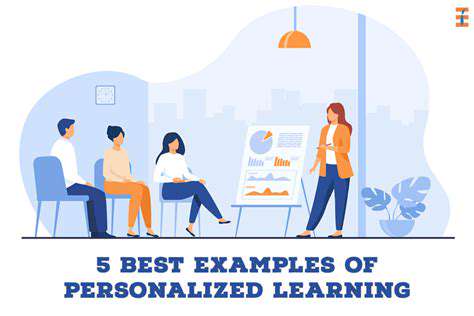
Read more about The Evolution of Learning Spaces: From Classrooms to Collaborative Hubs
Hot Recommendations
- The Gamified Parent Teacher Conference: Engaging Stakeholders
- Gamification in Education: Making Learning Irresistibly Fun
- The Future of School Libraries: AI for Personalized Recommendations
- EdTech and the Future of Creative Industries
- Empowering Student Choice: The Core of Personalized Learning
- Building Community in a Hybrid Learning Setting
- VR for Special Education: Tailored Immersive Experiences
- Measuring the True Value of EdTech: Beyond Adoption Rates
- Addressing Digital Divide in AI Educational Access
- Preparing the Workforce for AI Integration in Their Careers
